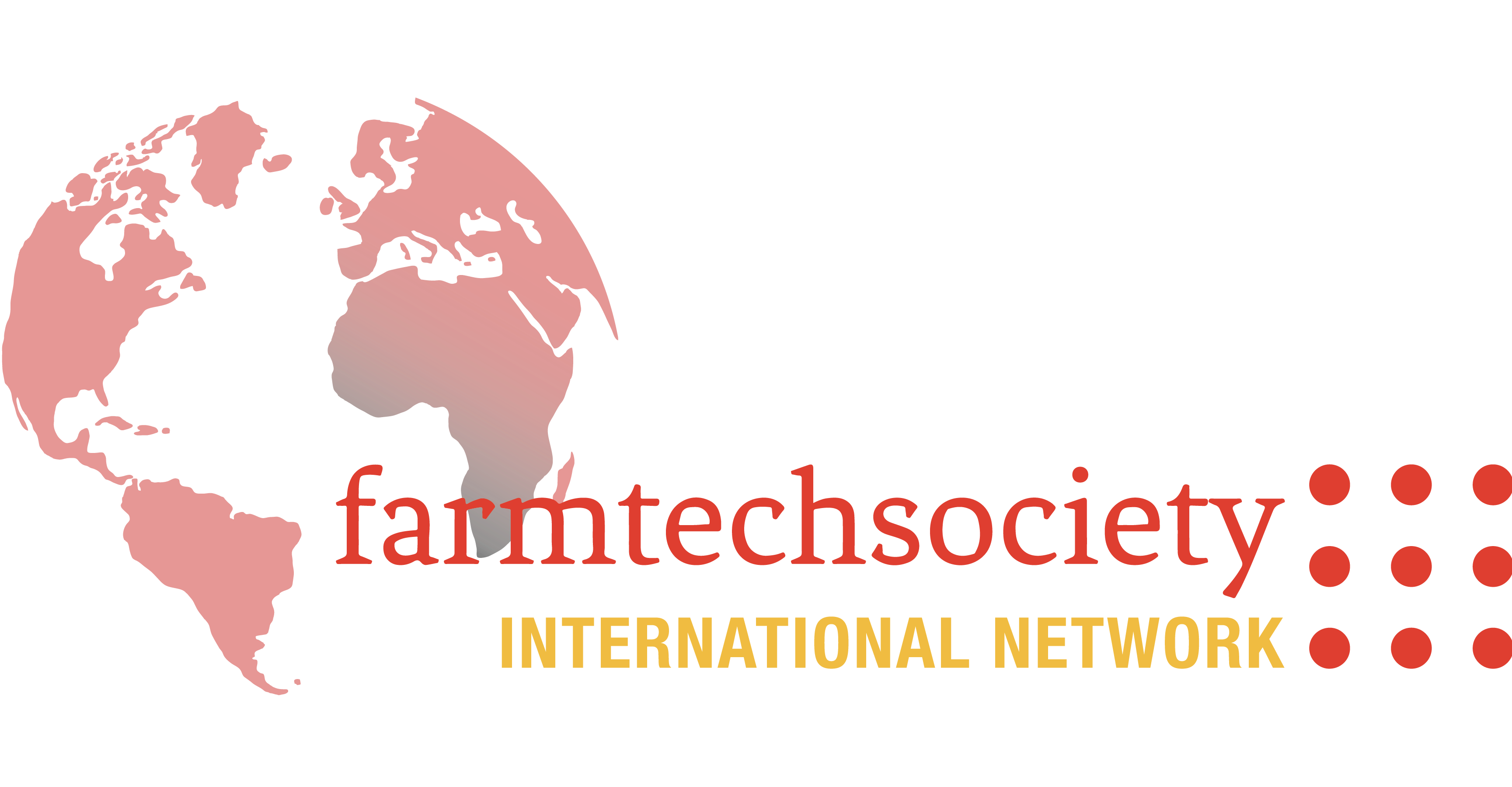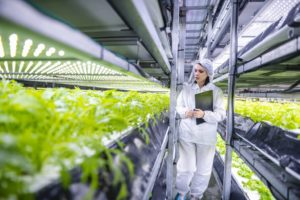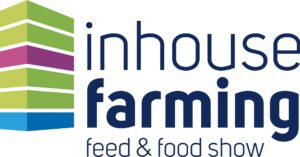
On February 1st 2019 the FarmTech Society (FTS) hosted its first workshop in Brussels titled ‘An energy efficient equation for indoor growing’.
FTS is an international non-profit association for the Controlled Environment Agriculture (CEA) industry. CEO, business developers and consultants, in all 15 participants from the CEA industry (from 7 countries) joined this successful kick-off. Besides the main topic on energy equations including a plenary session on building typology and energy environment, it also involved initial discussions regarding consumer labelling and defining the ‘indoor farming’ terminology.
Existing buildings can be a good choice for vertical farms
There is a clear synergy potential in energy management in existing or purpose-built structures. Climate capabilities of a building provide a good starting point for crop selection and business models. Based on a lifecycle analysis, it was shown that existing buildings with smart modifications can provide a cost effective and energy efficient solution for indoor farming in metropolitan areas.
Vertical Farming needs a consumer label
The end consumer perception of labels like eco, bio, or organic is emotional to a large extent. A strong case can be made for the advantages of indoor grown produce, and it makes sense to put an effort into this. After health, nutritional value and obviously price point, factors such as pesticides, energy and water consumption are important. A streamlined communication strategy is needed to avoid adding more labels to a heap of existing labels, perhaps new types of certification standards are required.
What is Controlled Environment Agriculture?
A need was identified to better define the term indoor farming or CEA. Outcome of the general discussion and group sessions was that main aspects to be included, were ‘year-round production’ and (no) ‘daylight use’ are major qualifiers. This is obviously not a final outcome; clear terminology is needed to clarify, on industry level and also for the consumer.
Energy: important to look at the broad picture
On a micro scale the energy and mass balance can be modelled at plant level. Improvements may be found via plant specific grow recipes by phenotyping combined with e.g. AI or machine learning. On a macro level the energy and mass balance describe a “plant factory” or a building type as a whole. Knowledge can be applied from the greenhouse industry, but also from very different applications e.g. data centres and district heating. Recent development in decentralized micro-grid solutions, particularly as we see this recent development in the US, should be understood better. There appears also interesting potential for integrated uses of thermal waste energy into plant production combined with micro-grid solution of energy storage and buffer systems. A small task group from the workshop is going to focus on this area and report on this topic.
These outcomes for the basis for a few more events – the FTS team is looking forward to address these with current and future members. A solid kick-off, with much more in the pipeline.





